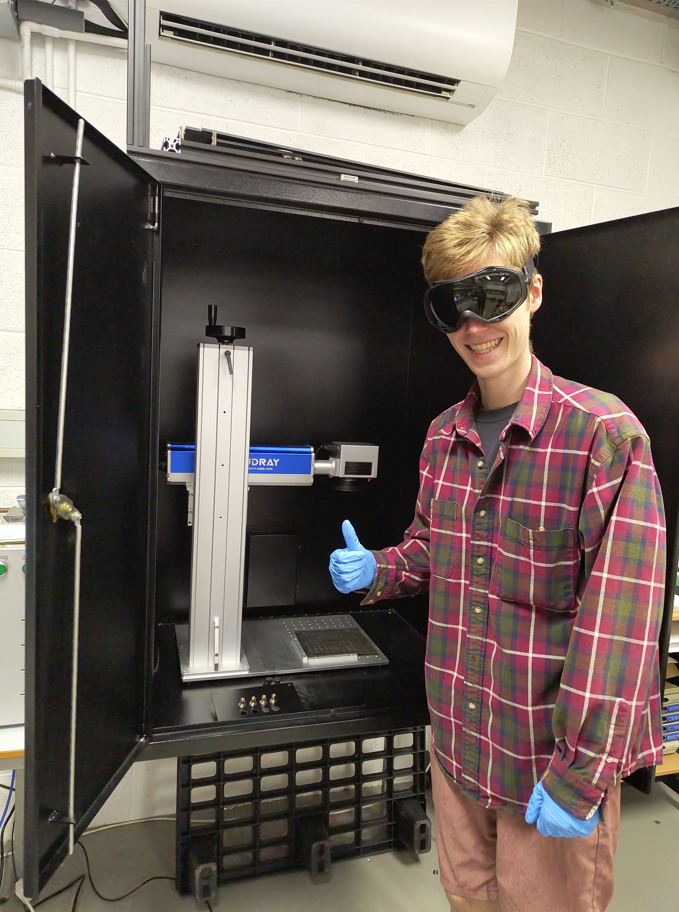
Printed electronics are a booming technology, and 2D nanoparticle suspensions such as graphene are actively being explored as promising inks that form an interconnected, disordered nanosheet network upon drying. Efficient end application necessitates constant optimization of the electrical properties of these nanosheet networks. Currently, the relationships between the overall conductivity of the film, the nanoparticle volume fraction, and the particle dimensions aren’t well understood, so our group proposes a model to fill this knowledge gap. We investigated these relationships by compressing thin metallic flakes into a densely packed structure with a piston. This macroscopic model system is appropriate because the flakes had similar aspect ratios and mechanical properties to graphene nanoparticles. Working with a macroscopic system was crucial, as we could manipulate the flakes and precisely measure the volume fraction, which is difficult to do with actual nanoparticles. Via 4-point resistance measurements, we calculated the bulk conductivity of these flakes at different volume fractions. Due to the layering and high aspect ratio of these particles, the conductivity is highly anisotropic. We then compared these results to a theoretical model that treated the system as an ordered resistor network. We refined this idea by computationally solving Kirchoff matrix equations for these networks. One clear prediction of our models was that the ratio between in-plane and out-of-plane conductivities should quadratically depend on volume fraction. We saw this across multiple trials and materials, despite those materials having different oxide layer thicknesses, which likely changes the contact properties. This supports the robustness of our model. Further work on investigating the origin of proportionality constants is necessary. Still, we have demonstrated that applying our simple model allows us to make powerful predictions about the electrical properties of 2D nanoparticle systems.